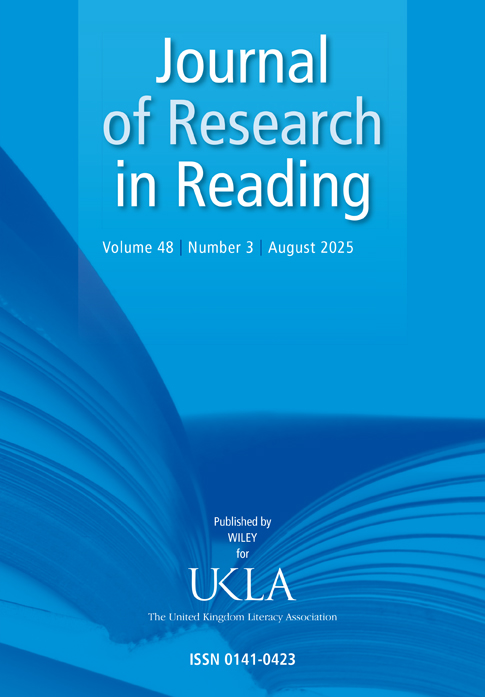The Cloze Procedure Applied to a Probability Concepts Test
REFERENCES
Abstract
ABSTRACT
As part of a research project investigating the Probability Concepts of English school pupils aged 11–16 years, a 48 minute Concepts Test was prepared, and given to a stratified sample of 2930 subjects. In order to aid comprehension the test questions were read out to all pupils aged 11–14 years. As a means of checking the readability of the Concepts Test, three cloze versions were prepared and 142 11–12 year old pupils were tested. Some subjects worked the cloze test silently, using booklets. Others were given additional aural presentation, in a carefully timed manner to match the actual procedure adopted for the Concepts testing. In all, five variations of the testing were used. The results clearly show that the additional timed aural presentation caused virtually no improvement in scores for the early part of the test but dramatically improved scores for the later part by ensuring that pupils reached that far. Few of the silently working pupils completed the cloze test. Comparisons between synonymic and verbatim scoring, and between uniform and variable gap size were also made.




